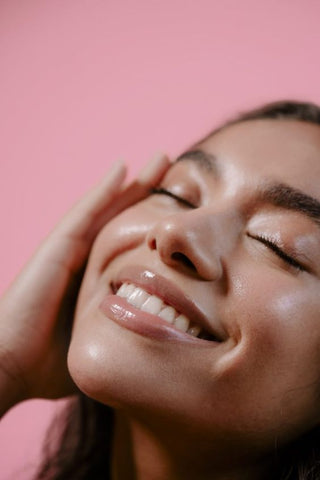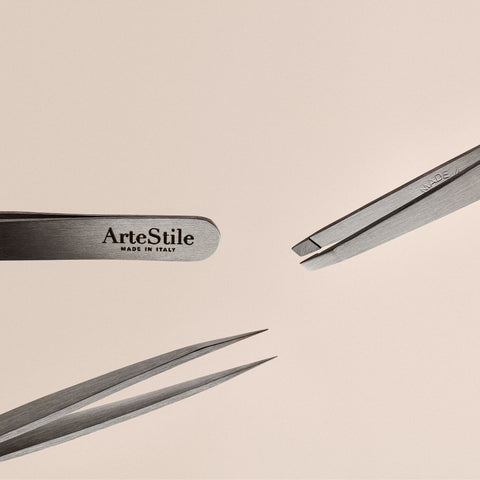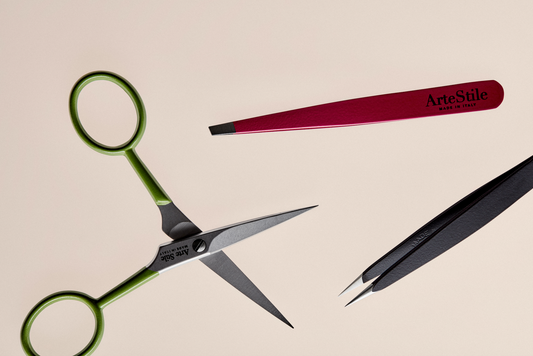
image via pinterest

How do you remove chin hair with tweezers?
As mentioned, I have PCOS, which means I have quite coarse chin hair. I find the best tweezers for stubborn chin hair are point tip tweezers. Since point tip tweezers give you an accuracy and precision that other tweezers don’t, they’re great at grabbing those stubborn, thick chin hairs that sprout up seemingly out of nowhere. Point tweezers are also the best tweezers for fine chin hair as the precise, pointed tips easily grasp onto fine hair as well.
If point tip tweezers are too intimidating, a good pair of slant tip tweezers will do the trick. Slant tip tweezers are a great option for beginners as the slanted tips are easier to use. Slant tip tweezers are a great beauty tool to have in your collection as they’re such a versatile facial hair removal tool. If you’re new to plucking, slant tip tweezers are a great option as the best tweezers for chin hair removal.


